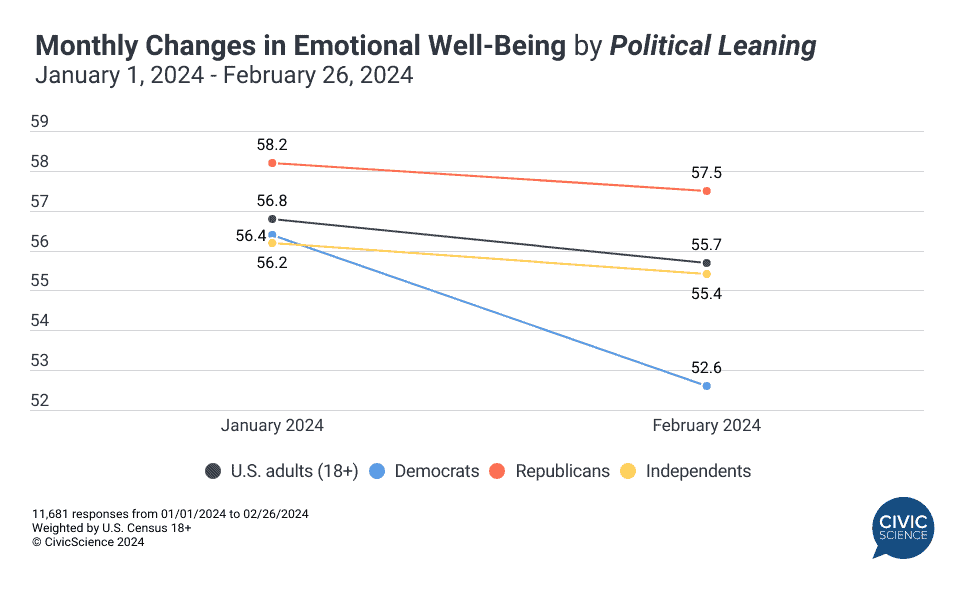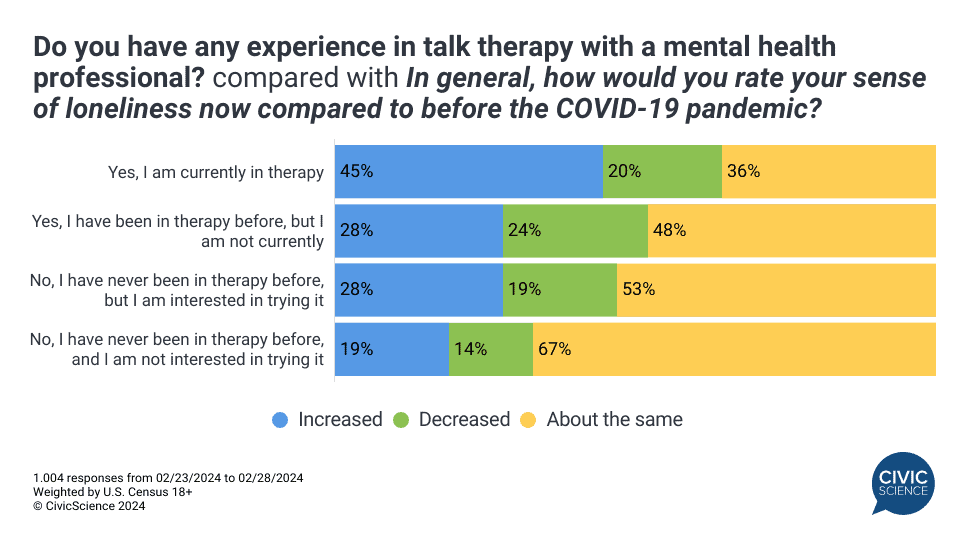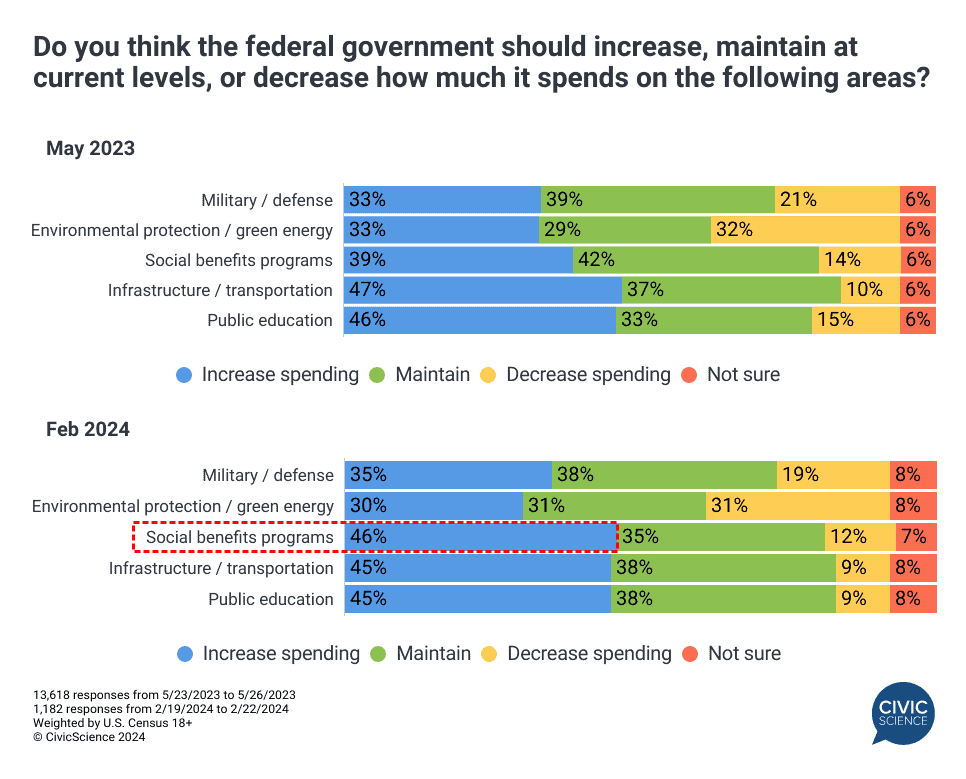Marketing is hard.
Mostly because doing it poorly has become so easy. Anyone can do it.
I’m old enough to remember when you could courteously email a stranger and count on a reply most of the time. Today, forget about it.
I’m nobody and I get at least a dozen cold sales solicitations in my inbox every day. I can’t imagine how many my big-brand C-suite friends must get. Anyone can buy a list with your email address, plug it into a program, and fire off automated messages on a timer until the spam police shut it down. Then, there’s an entire cottage industry to help emailers circumvent the rules and start over. It’s relentless.
Don’t get me started on spam phone calls. Those people are dead to me.
Remember the days when the only time you saw an ad was during the two hours of network TV you watched before bed, the classifieds you flipped past in the morning paper, or the billboards you passed on the way to work? Now, I see more ads on my phone before I finish my morning coffee.
At the Penguins game last week, I tried to count all the different brand logos I saw in the arena – on the boards, the ice, the seats, the uniforms, the rafters, the roof, the club lounges, the jumbotron. There had to be 100. And I might be able to name five of them. It’s a blur.
How the hell are you supposed to break through?
There are exceptions that prove the rule. Like what Drive to Survive on Netflix did to explode the popularity of Formula 1 – and which seemingly every sport has since tried to copy. Or the Ice Bucket Challenge if you really want a (cold) blast from the past. Those were ingenious, but also one in a billion.
TikTok created a pierceable veil for a minute, until it got flooded like everything else. I asked Noelle to name all the companies who crush it on TikTok. She came up with e.l.f. Beauty and Duolingo. That’s it. That’s the list.
This email is, by far, the most effective marketing tactic we’ve devised here, not to pat ourselves on the back. But it’s taken over 7 ½ years, hundreds of studies, and unfailing, week-after-week discipline to build it. And we still don’t have a corporate jet.
So yeah, marketing is hard. Discouraging. Damn near impossible.
But you have to keep trying. Or you’re dead.
Here’s what we’re seeing:
Consumer confidence is sliding. Our Economic Sentiment Index gave back most of its early January gain, falling steeply over the past two weeks. Four of our five main indicators took a hit, with optimism for the overall U.S. economy dropping the most. Views of the housing market and major purchases soured as well, possibly owing to the hotter-than-expected inflation numbers and tempered hopes for interest rate cuts anytime soon. Meanwhile, a new wave of highly publicized layoffs seems to have dampened attitudes about the job market. The only indicator that climbed (albeit a measly .3 points) was confidence in personal finances. Consumers still feel okay about their wallets.

Democrats are feeling sad. Our Emotional Well-Being Index also fell in February – economic malaise is often correlated with that, but not always. Something else appears to be at work here, at least when you look at the index through a political lens. While Americans of all political persuasions reported a grimmer mood in February, the decline among Democrats was particularly pronounced. Perhaps it’s the increasing inevitability of a Trump GOP nomination or rising concerns about the campaign-readiness of Joe Biden. It’s definitely something.

Gen Z is polarized when it comes to loneliness and therapy seems to be helping. Twenty-six percent of U.S. adults report feeling lonelier than they did before the pandemic, but a respectable 21% say they’re less lonely. Among younger Gen Z adults, the rate of increased loneliness jumps to 34% – BUT – 35% say they’re less lonely. Among older Gen Zs and young Millennials, it’s 28-28. The most interesting food for thought, however, is the correlation between loneliness and seeing a therapist. People who report the highest post-COVID increase in loneliness are the most likely to be seeing a therapist today. Makes sense. But those who say they used to see a therapist and no longer do are the most likely to report a decreased sense of loneliness. Therapy works.

Americans want to increase spending on social programs. Despite all the bellyaching you hear about the government debt and deficits, U.S. voters overwhelmingly want to increase spending in most major government categories, even if they disagree on which ones. Compared to the last time we reported on this data in May 2023, support for spending on social programs increased the most – by far. Also in our 3 Things to Know this week, we saw declining YoY concern over gun violence and how the lack of compelling titles is most responsible for keeping people out of the movie theater (more than ticket prices).

Streaming platform mergers could be great for business, dubious for consumers. The rumored marriage between Paramount+ and Peacock would be the next big domino to fall in an industry trend we predicted long ago. It makes sense for the two platforms, for sure. Among other reasons, Paramount+ and Peacock users significantly over-index as “quick churners,” namely people who frequently sign up for a streaming service to watch one show, then cancel. Combining the services would likely mitigate this problem. The flipside, however, would be a loss of optionality and pricing power for consumers. A plurality of viewers believe increased consolidation of streaming platforms will be a net negative for the average American.

More awesomeness from the InsightStore™:
People have been more disappointed than usual about their tax returns;
Amazon Clinic might be break through the telemedicine plateau;
TikTok users are indifferent about Universal Music Group pulling their library from the platform;
Walmart+ members love celebrity gossip, Latino music, and three other unexpected insights.
The most popular questions this week:
How similar is your music taste to your spouse or significant other’s?
Are you generally a fan of the movie-musical genre?
Do you prefer light, medium, or dark roast coffee?
Golf: overrated, underrated, or properly rated?
Do you prefer self-checkout or a cashier when shopping at a store?
Do you think we should stop changing the clocks twice a year?
Answer Key: 70%; No, which makes me an extreme outlier in my house; The darker, the better; Grossly underrated; Cashier – I like people; Absolutely.
Hoping you’re well.
JD
Sign up for a free seven-day trial of our Sage AI-powered consumer analytics assistant, which lets you explore our database of 5+ billion insights and 600,000+ questions.
Not on the list to receive this email? Sign up here. If you are new to this list, check out our Top Ten to get caught up.








